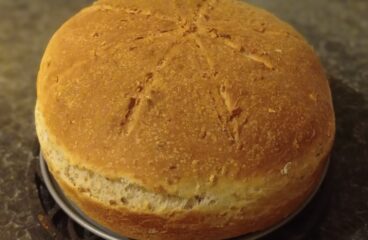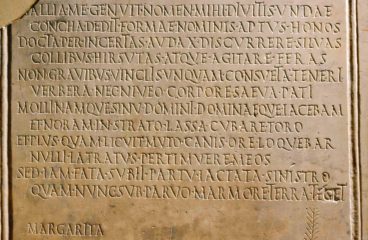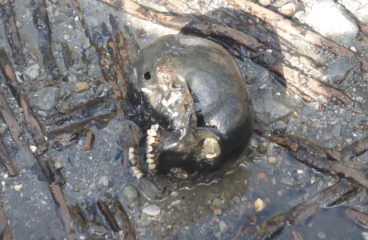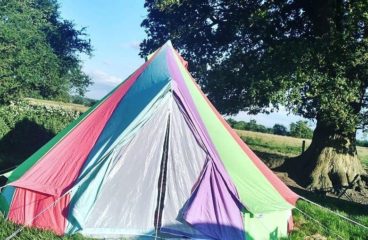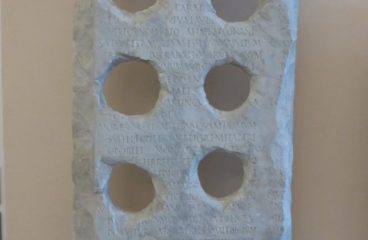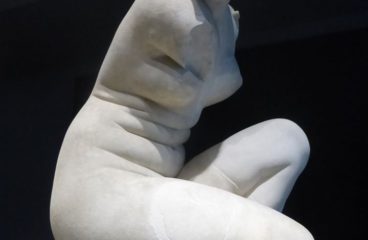After several years of research, the first half of a two-part paper on the symbolic value of Roman bread has been released. Abstract: When duplicated, the single icon of a monument, deity, or object, could recall entire narratives of divine intervention, great ancestral feats, and desirable ‘Roman’ attributes. The common, round, and quartered loaf of wheat-bread was produced and eaten […]
